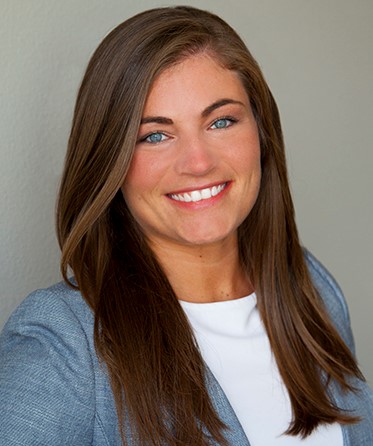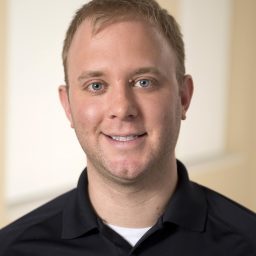Low Back Pain: Clinically Differentiating High Lumbar Radiculopathy and Rectus Femoris Muscle Strain
Overview
| Registration |
|---|
You must login or create an account before enrolling in this educational activity. Once you're logged in, please select the "REGISTER" tab to process your payment and complete your registration. Once you register for the course, you will have 30 days (approximately 1 month) from the date of enrollment to complete the course. The exact date that your access expires will be indicated within the Course Summary box on this webpage. |
Purpose
Among other causes, low back pain may be secondary to mechanical strain or lumbar radiculopathy. Currently, there are no means of clinically differentiating low back pain secondary to strain in the rectus femoris muscle and low back pain secondary to femoral nerve neuropathy. This presentation will discuss a project which proposes a physical exam maneuver to help clinically differentiate femoral nerve neuropathy and rectus femoris strain.
Target Audience
Health professionals.
Objectives
- Identify a physical exam maneuver that can be used to differentiate a high lumbar radiculopathy (e.g. femoral neuropathy) from a rectus femoris muscle strain .
- Identify the relevant anatomy of the physical exam maneuver.
- Demonstrate the utility of the physical exam maneuver in clinical decision-making.
- Summarize the physical therapy approach to differentiating between femoral nerve neuropathy and recuts femoris strain in a patient presenting with low back pain.
- Summarize the physical therapy treatment approach for a femoral nerve neuropathy versus a rectus femoris strain.
Terms of Use and Privacy Policy
Date of original release: April 5, 2019
Most recent review/update: April 5, 2019
Termination date: April 4, 2022
Speaker(s)

Amber Brown, DO'19
OMM Fellow, College of Osteopathic Medicine, Des Moines University

Nick Maiers, PT, DPT, CMT
Assistant Professor, Doctor of Physical Therapy Program, Des Moines University
Relevant to the content of this activity, the speakers indicate they have no financial relationships with commercial interest companies to disclose.
CE Credits
Accreditation Statements
 MD: This activity has been planned and implemented in accordance with the accreditation requirements and policies of the Iowa Medical Society (IMS). Des Moines University (DMU) is accredited by IMS to provide continuing medical education for physicians. DMU designates this enduring materials activity for a maximum of 0.75 AMA PRA Category 1 Credit(s)™. Physicians should only claim credit commensurate with the extent of their participation in the activity.
MD: This activity has been planned and implemented in accordance with the accreditation requirements and policies of the Iowa Medical Society (IMS). Des Moines University (DMU) is accredited by IMS to provide continuing medical education for physicians. DMU designates this enduring materials activity for a maximum of 0.75 AMA PRA Category 1 Credit(s)™. Physicians should only claim credit commensurate with the extent of their participation in the activity.- DO: Des Moines University (DMU) is accredited by the American Osteopathic Association (AOA) to provide osteopathic continuing medical education for physicians. DMU designates this activity for a maximum of 0.75 AOA Category 1-B credits and will report CME and specialty credits commensurate with the extent of the physician’s participation in this activity.
- Other Health Professionals: This enduring materials activity is designated for a maximum of 0.75 AMA PRA Category 1 Credit(s)™.
Educational Grants
No ineligible company provided financial support for this continuing education activity.
DISCLOSURE
The planning committee member(s) and speaker(s) will disclose if any pharmaceuticals or medical procedures and devices discussed are investigational or unapproved for use by the U.S. Food and Drug Administration (FDA). Determination of educational content and the selection of speakers is the responsibility of the activity director.
DISCLAIMER
The information provided at this activity is for continuing education purposes only and is not meant to substitute for the independent medical judgment of a healthcare provider relative to diagnostic and treatment options of a specific patient’s medical condition. The content of each presentation does not necessarily reflect the views of Des Moines University.
Available Credit
- 0.75 AMA PRA Category 1 Credits™
- 0.75 AOA Category 1B
- 0.75 CE Contact Hour(s)

 Facebook
Facebook Twitter
Twitter LinkedIn
LinkedIn Forward
Forward